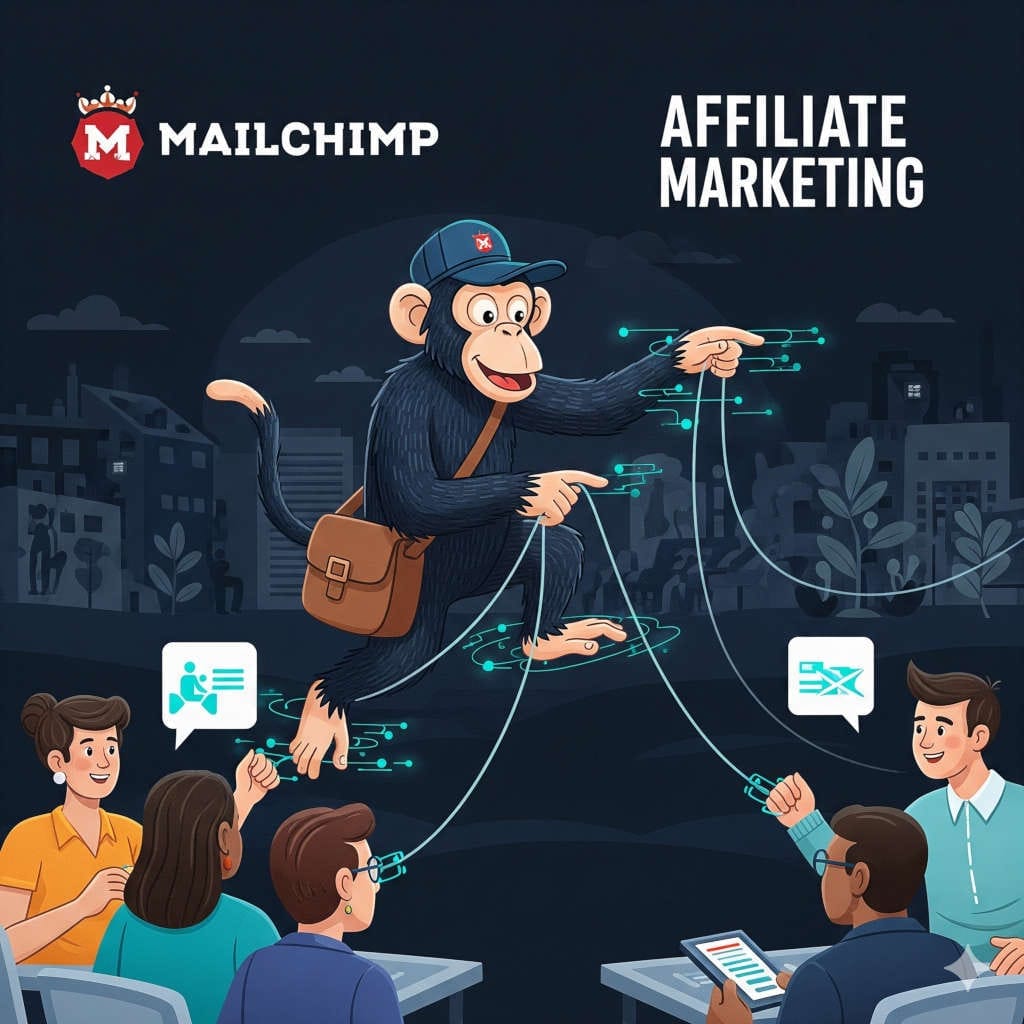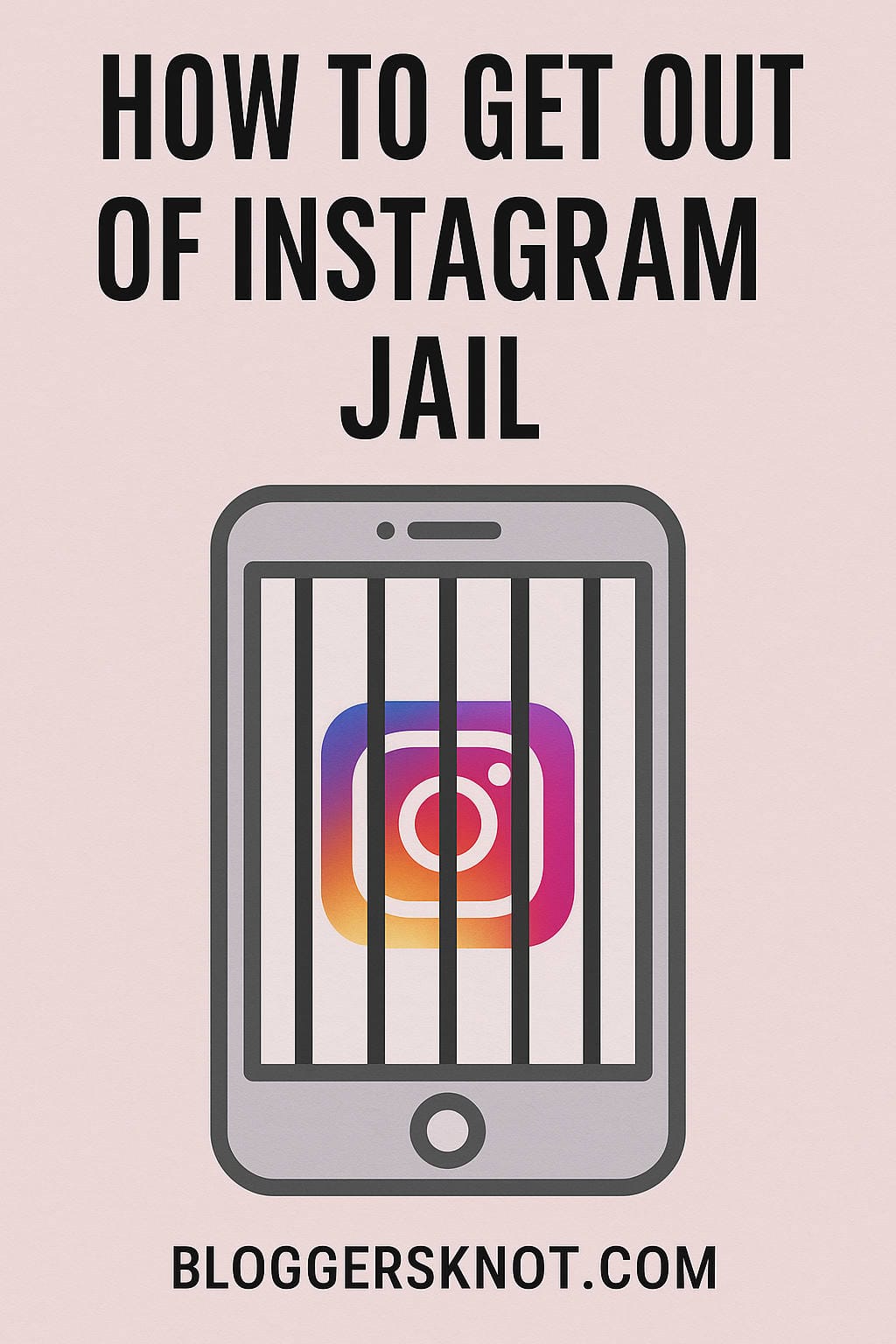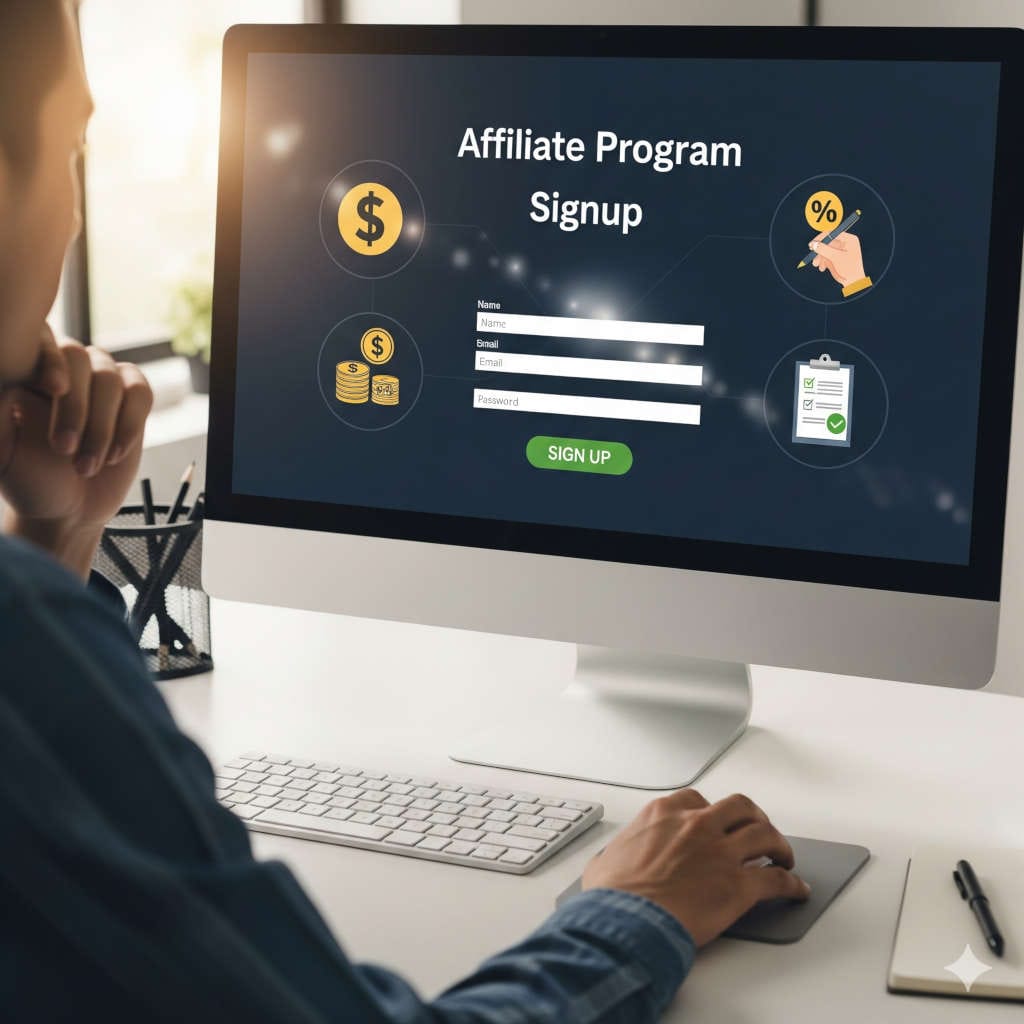If there’s one marketing channel that continues to deliver consistent, measurable, and long-lasting results, it’s email marketing. Despite the rise of AI-driven ads, social media platforms, and new messaging apps, email remains the one channel you truly own. Your list belongs to you, not an algorithm or a third-party platform. In 2025, email is not just alive—it’s evolving faster than ever.
The inbox has become more competitive, but the tools available to marketers today are smarter, more automated, and more personalized. Whether you’re running a small e-commerce store or managing enterprise-level campaigns, your email strategy can be the difference between stagnant sales and a thriving, predictable revenue engine.
In this guide, I’ll walk you through the most effective email marketing tips for 2025—from personalization and automation to design, testing, and integration with other channels. You’ll also find actionable steps you can apply immediately to improve conversions and sales.
Why Email Marketing Still Dominates in 2025
Before diving into the tips, let’s quickly revisit why email continues to be the most reliable marketing channel:
- Ownership and control: Social media platforms can change algorithms overnight, reducing your reach. Email lists, however, are yours to nurture and grow.
- Cost-effective ROI: Email still delivers some of the highest returns per dollar spent compared to other channels.
- Direct connection: Unlike ads, email lets you speak directly to people who have already shown interest in your brand.
- Retention and loyalty: It’s not just about new customers. Email helps you increase repeat purchases, re-engage dormant buyers, and build long-term relationships.
With that foundation, let’s dive into the practical strategies you can use to elevate your email campaigns in 2025.
1. Harness AI for Smarter Personalization
Artificial intelligence is no longer just a buzzword—it’s embedded in many modern email marketing platforms. AI helps you personalize campaigns at scale without creating an overwhelming workload for your team.
Here’s how you can use AI effectively:
- Subject line generation: AI tools can produce multiple variations of subject lines that you can test for higher open rates. For example, you might get options that emphasize urgency, curiosity, or personalization.
- Dynamic product recommendations: By analyzing browsing history, purchase data, and engagement, AI can recommend products each subscriber is most likely to buy.
- Predictive segmentation: Instead of manually segmenting by broad demographics, AI predicts behaviors like “likely to purchase within 30 days” or “at risk of churn,” allowing you to target with precision.
Pro tip: Always review AI-generated copy to make sure it aligns with your brand voice and resonates with your audience. Think of AI as an assistant, not a replacement.
2. Segment Beyond Demographics
Gone are the days when marketers only grouped subscribers by age or location. In 2025, the most profitable email programs rely on behavioral and intent-based segmentation.
Here are some useful segments to consider:
- New subscribers: People who just joined your list need a welcome sequence that builds trust and delivers quick value.
- Recent buyers: Send follow-ups with onboarding tips, complementary product suggestions, or loyalty rewards.
- Cart abandoners: These are hot leads. Remind them within 24–48 hours, showcase the item they left behind, and sweeten the deal with urgency or a small incentive.
- Dormant customers: Reactivate them with fresh offers, exclusive updates, or content that matches their past purchases.
- VIP customers: Treat your best customers like royalty. Give them early access, special rewards, or behind-the-scenes updates.
When your emails match intent, they feel timely and relevant—making people far more likely to click and buy.
3. Build Revenue-Driving Automated Flows
Automation is where email shines. Instead of constantly sending one-off campaigns, set up evergreen flows that generate revenue on autopilot. The most essential flows include:
- Welcome Series
- Triggered the moment someone subscribes.
- Share your brand story, highlight bestsellers, and include a first-purchase incentive.
- Nurture Sequence
- For leads who aren’t ready to buy yet.
- Provide helpful tips, educational content, and social proof until they’re purchase-ready.
- Cart Abandonment Flow
- Gentle reminder first, followed by urgency, then an incentive if needed.
- Include product images and reviews to rebuild trust.
- Post-Purchase Series
- Thank customers for their purchase, guide them on how to get the best use of the product, then cross-sell or upsell.
- Asking for reviews here works wonders.
- Re-Engagement Campaign
- Target inactive subscribers.
- Lead with value—exclusive content or sneak peeks—before offering discounts.
Think of these flows as the backbone of your email program. They handle the heavy lifting while you focus on creative testing and campaign strategy.
4. Craft Irresistible Subject Lines and Preheaders
Your subject line is your first impression. No matter how beautiful your email is, if the subject line fails, it won’t get opened.
Tips for writing subject lines that convert:
- Keep it short and scannable (under 50 characters works best on mobile).
- Highlight benefits or outcomes instead of features.
- Use curiosity, but avoid clickbait.
- Personalize with names, locations, or recently viewed products when appropriate.
Don’t forget the preheader text—that little snippet after the subject line. Use it to support the subject line and tease the content inside.
Example:
- Subject: Still thinking it over?
- Preheader: Your cart is waiting—complete your order today and enjoy free shipping.
5. Maintain Strong Deliverability
None of your efforts matter if your emails don’t reach the inbox. Deliverability should be a top priority.
Here’s how to keep your emails landing where they belong:
- Set up and monitor SPF, DKIM, and DMARC authentication records.
- Warm up new domains or IPs gradually instead of blasting large volumes right away.
- Keep your list clean by removing invalid addresses and suppressing unengaged subscribers.
- Avoid spammy language and misleading subject lines.
A strong sender reputation ensures your messages consistently get seen.
6. Respect Privacy and Focus on First-Party Data
With privacy changes across platforms, marketers must rely less on third-party tracking and more on data customers willingly provide.
Ways to collect and use first-party data:
- Add preference centers so subscribers can choose what type of content they want.
- Incentivize people to share their interests through surveys or quizzes.
- Track on-site behavior like viewed categories, downloads, or product pages.
When you use the data people provide to deliver more relevant messages, they feel respected rather than tracked.
7. Experiment with Interactive and Shoppable Emails
Email design is becoming more dynamic. Today, many brands use interactive elements to boost engagement. For example:
- Product carousels people can swipe through directly in the email.
- Accordions or collapsible FAQs.
- Shoppable modules where subscribers can add to cart without leaving the inbox.
Keep in mind that not every email client supports advanced features, so always include fallback designs. Used wisely, interactivity can transform emails into mini storefronts.
8. Use Product Recommendations Wisely
Generic “popular products” are less effective than context-driven recommendations. Instead of showing the same item to everyone, tailor your recommendations to:
- Recently viewed items.
- Products that pair well with their last purchase.
- Top-rated items in categories they’ve browsed.
Add a dash of urgency or social proof—such as “5 left in stock” or “customers love this item”—to boost conversions.
9. Test, Test, Test
Testing should be an ongoing habit. Without it, you’re making guesses. Test one element at a time to isolate results. Some ideas include:
- Subject lines (curiosity vs. benefit-driven).
- CTA button color and copy.
- Short vs. long email formats.
- Single CTA vs. multiple CTAs.
- Morning vs. evening send times.
Track what works, then document your findings so your team continuously improves.
10. Prioritize Mobile-First Design
Most emails are opened on smartphones, so design with mobile in mind:
- Stick to a single-column layout.
- Keep CTAs large and thumb-friendly.
- Place your most important message at the top.
- Use concise copy and bold headlines.
If your email looks clunky on mobile, you’re losing sales opportunities.
11. Re-Engage Subscribers with Value
When subscribers go silent, don’t immediately throw discounts at them. Instead:
- Start with a “We miss you” message featuring fresh products or helpful content.
- Send a survey to ask what they’d like to see more of.
- If there’s still no response, use a limited-time incentive as a final nudge.
This layered approach protects your margins while still reviving dormant customers.
12. Integrate Email with SMS and Other Channels
Email works best when paired with complementary channels. For example:
- Use SMS for urgent reminders like flash sales or shipping updates.
- Use push notifications for app users when you launch a new product.
- Sync email campaigns with social ads for consistent messaging.
When these channels reinforce each other, the customer experience feels seamless.
13. Stick to a Consistent Cadence
Subscribers value predictability. Whether you send once a week or once a month, stick to a schedule. Also, consider offering a frequency preference center where subscribers can choose how often they hear from you. It reduces unsubscribes and boosts satisfaction.
14. Use Post-Purchase Emails as a Revenue Engine
The sale doesn’t end when someone checks out. Post-purchase emails are some of the most valuable in your arsenal:
- Send shipping updates to build trust.
- Share tutorials or tips to help customers succeed with their purchase.
- Ask for reviews or user-generated content.
- Offer recommendations for complementary products.
Customers are highly engaged after a purchase—capitalize on that momentum.
15. Add Social Proof and User-Generated Content
Social proof is a powerful conversion driver. Include:
- Customer reviews and star ratings.
- Photos or videos from real customers.
- Testimonials that address common objections.
When subscribers see peers enjoying your product, they’re more likely to buy.
16. Balance Plain-Text and HTML Emails
Don’t underestimate the power of a plain-text style email. While HTML works for showcasing products, plain-text emails feel personal and often perform well for direct outreach. Use both formats depending on the purpose:
- Plain text for founder messages, event invites, or urgent reminders.
- Rich HTML for product launches, newsletters, and promotions.
17. Keep Emails Accessible
Accessibility isn’t optional—it’s essential. To make your emails inclusive:
- Use readable font sizes and high-contrast colors.
- Add descriptive alt text to images.
- Structure your emails with headings and semantic HTML.
Accessible design not only expands your reach but also improves the user experience for everyone.
18. Create a Testing Roadmap
Testing works best when it’s organized. Create a roadmap that outlines:
- What you’ll test this quarter.
- The sample size required for significance.
- Guardrails to avoid sending multiple tests to the same group.
- A centralized “learning log” so the whole team benefits from past experiments.
This keeps testing purposeful rather than random.
19. Focus on Business Metrics, Not Vanity Metrics
Open and click rates are useful indicators, but they don’t always tell the whole story. The most important metrics in 2025 are:
- Revenue per send.
- Conversion rate by campaign type.
- Customer lifetime value.
- Retention rate.
When you tie email performance directly to revenue, it becomes easier to secure budget and prove impact.
20. Stay Current with Tools and Innovations
Email platforms are rapidly evolving, often adding new AI and automation features. Stay curious and experiment with new capabilities—but don’t chase shiny objects blindly. Roll out new features to a small segment first, measure results, then scale if the impact is real.
Quick Pre-Send Checklist
Before hitting send, run through this list:
- Subject line is tested and optimized.
- Preheader supports the subject.
- Personalization fields are correct.
- Main CTA is visible and clear.
- Email is mobile-friendly.
- Images have alt text.
- All links and UTM tags work.
- Audience segmentation is accurate.
- Authentication records are in place.
- Tracking is set up for revenue analysis.
Final Thoughts
Email marketing in 2025 is a blend of timeless fundamentals and cutting-edge tools. Success doesn’t come from chasing every new feature—it comes from understanding your audience, delivering value, and consistently testing and improving.
The brands that win will:
- Use AI to scale personalization without losing authenticity.
- Respect privacy while leveraging first-party data.
- Build smart automations that nurture leads, close sales, and retain customers.
- Track real business metrics, not just vanity numbers.
If you approach email marketing with strategy and care, it will remain your most powerful tool for driving sales and conversions—this year and beyond.






